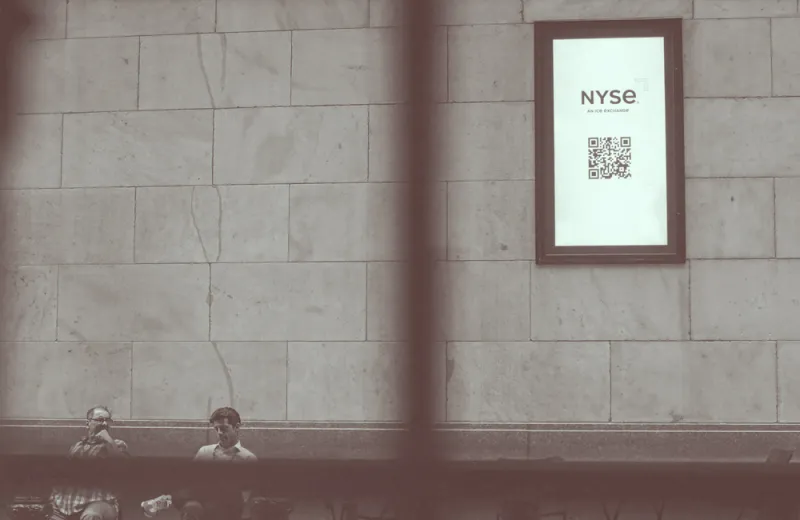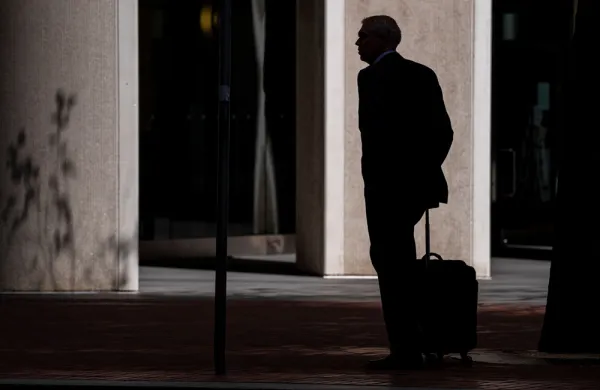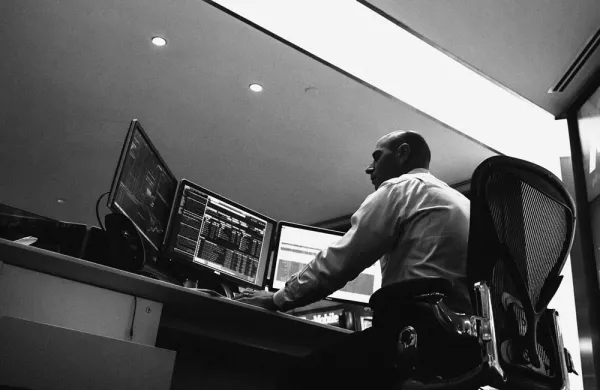The pricing of private equity secondaries has come down from its 2021 peak as investors sell their PE stakes at a record pace, but not all types of secondaries have been equally affected by the liquidity squeeze.
Private equity investors — commonly known as limited partners — have been hit harder than sponsors in the secondaries market. In the first half of 2022, only 5 percent of secondary transactions led by LPs were priced at a premium to their original net asset value, according to the latest PE secondaries report by Campbell Lutyens. Meanwhile, a quarter of secondary transactions led by sponsors — also known as general partners — were priced at par or above the original NAV. About 86 percent of GP-led secondaries and only 16 percent of LP-led secondaries were priced at a 5 percent discount or better, according to the report.
“Pricing for GP-led secondary transactions was considerably stronger,” according to Campbell Lutyens. One reason is that the underlying assets of GP-led secondaries are usually better-quality companies that the partners would like to hold on to for a longer period of time. Plus, there’s a “robust pipeline of transactions” awaiting buyers of PE secondaries, who are able to “set the bar high so only the best deals [clear] the market,” according to the report.
The demand for cash from private equity investors is another factor contributing to the diverging pricing trend between LP-led and GP-led transactions. Since the start of 2022, many investors have found themselves overweighting private equity as the value of their public market portfolios decreases. As a result, they've been looking for opportunities to sell PE holdings before the lock-up period expires. Public pension plans, for example, made up 48 percent of the seller base in LP-led secondaries in the first half of 2022, up from 29 percent in the same period last year, according to the Campbell Lutyens report.
Despite the overall downward pricing trend in the secondary space, market sentiment is still positive. The transaction value of secondaries reached $53 billion in the first half of 2022, up by $3 billion from the same period last year, according to the report. More than 70 percent of participants in the PE secondaries market expect the deal value to reach over $100 billion by year-end, according to a recent Campbell Lutyens survey of over 100 key market players. Twenty-two percent of the survey respondents plan to grow their secondaries teams by more than 20 percent, while 60 percent expect to grow their teams by five to 20 percent, according to the report.
“Respondents appear to be confident that public and private market valuations will stabilize enough to enable buyers to put their significant dry powder to work and for investors to gain liquidity in the growing secondary market,” the report concluded.






